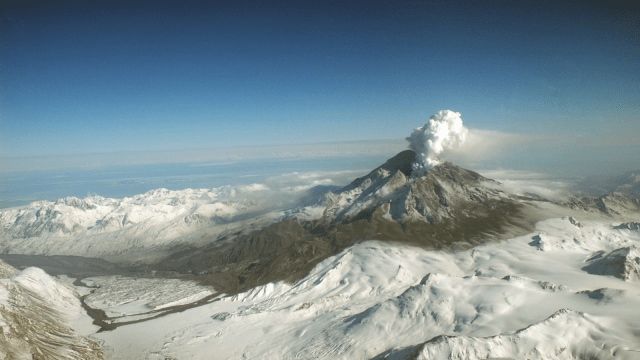NASA-ISRO Mission to Track Earth's Surface Changes with Unparalleled Precision

New Delhi: The Indian Space Research Organisation (ISRO) is gearing up to launch the NISAR satellite, a groundbreaking mission that will enable researchers to track the Earth's surface motions down to fractions of an inch. Developed in partnership with NASA, the satellite is expected to provide unprecedented insights into the planet's natural processes, including geological surveys and climate change research.
Scheduled for launch soon, the NISAR satellite will employ synthetic aperture radar (SAR) technology to measure the motion of glaciers, ice sheets, sea ice, as well as map changes in vegetation patterns across the globe. According to NASA's Jet Propulsion Laboratory, the satellite will chart the entire planet's land and ice-covered surface every 12 days, allowing researchers to monitor subtle changes over time with uncanny accuracy.
The NISAR satellite's two-radar system, boasting L-band and S-band configurations built by NASA and ISRO respectively, is designed to track surface motions that may go unnoticed at lower resolutions. This advanced technology promises to revolutionize our understanding of Earth's dynamic systems, providing critical data for scientists studying natural phenomena such as volcanic eruptions.
The Indian Space Research Organisation's collaboration with NASA on the NISAR mission marks a significant milestone in the country's space program, showcasing ISRO's capabilities in global satellite partnerships and cutting-edge technology development. As the world witnesses increasingly complex environmental challenges requiring urgent attention, the launch of the NISAR satellite serves as a beacon of hope for enhanced knowledge and action on behalf of nations globally.
